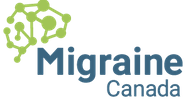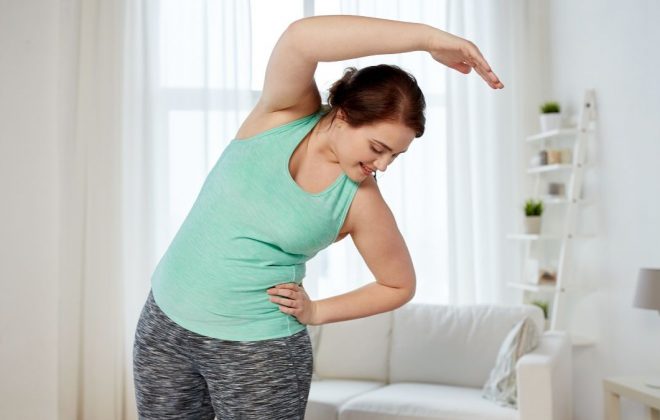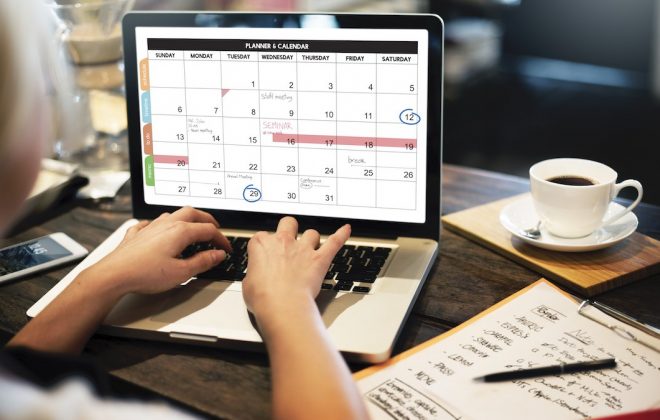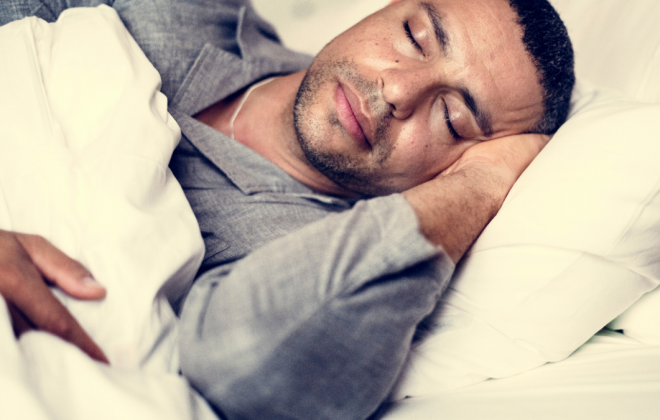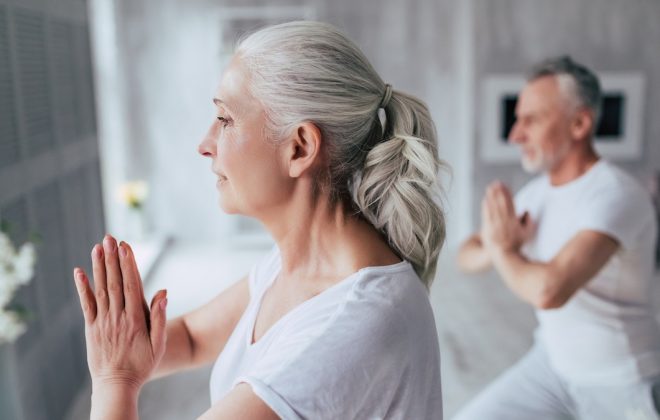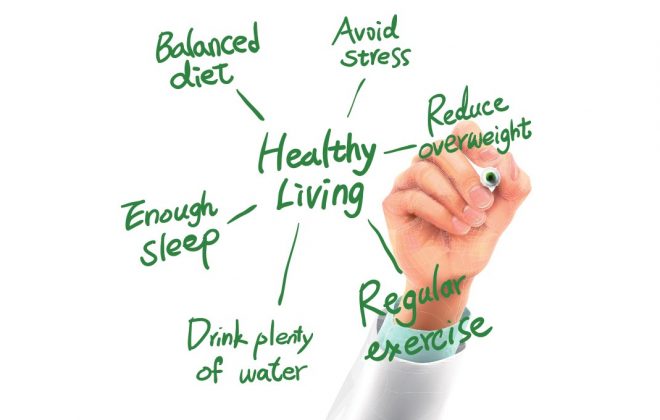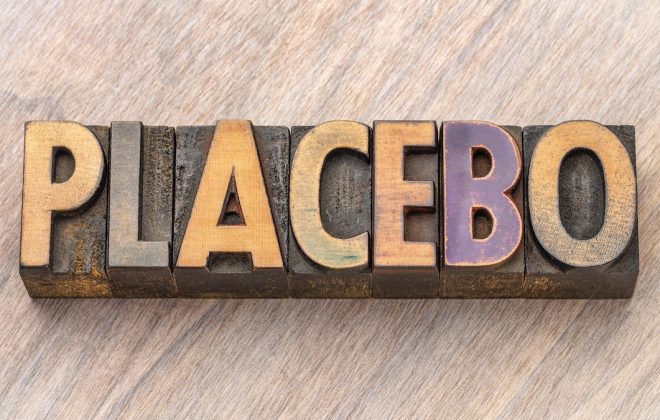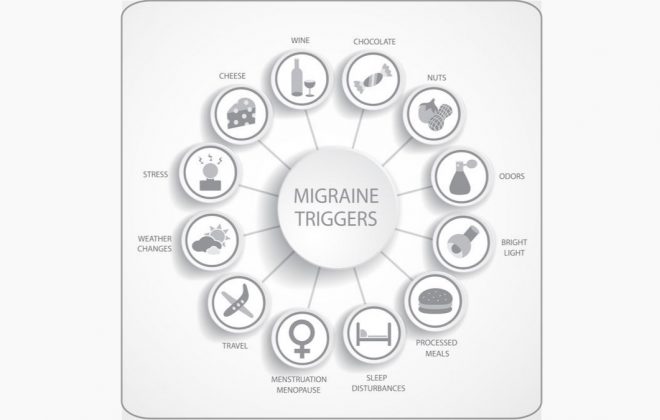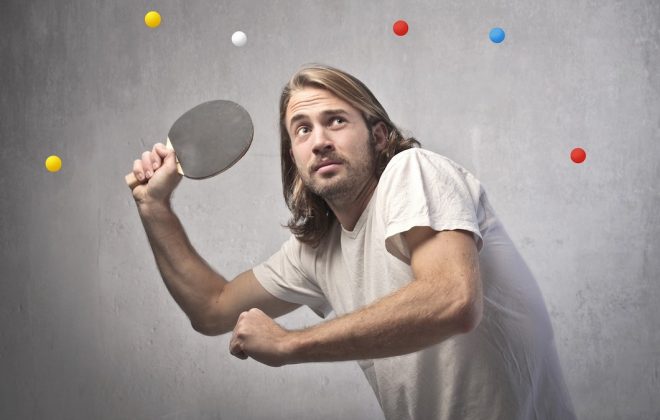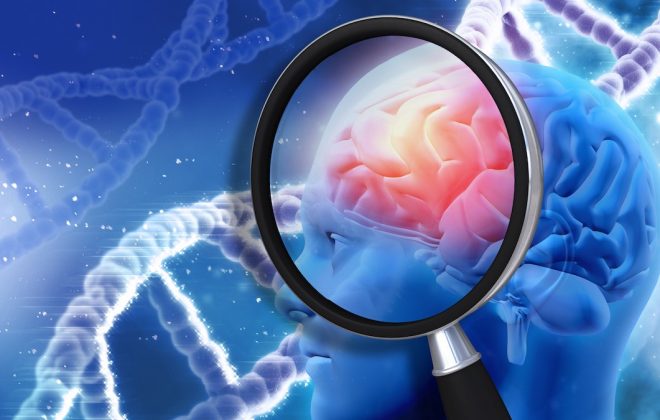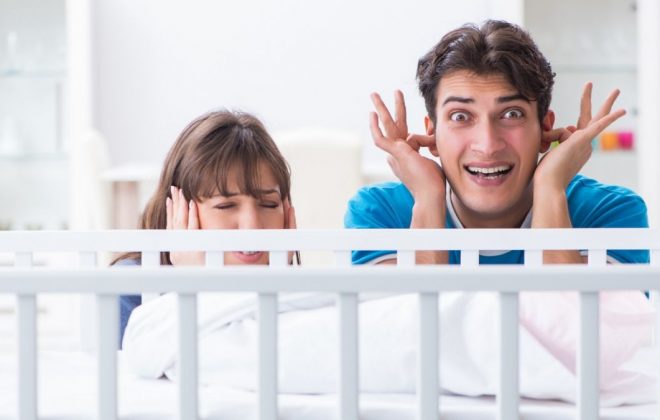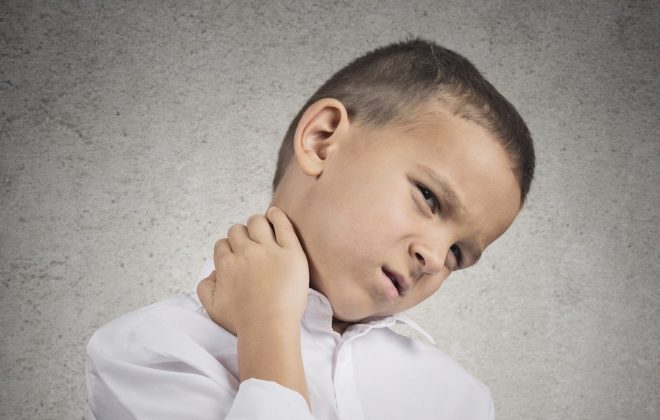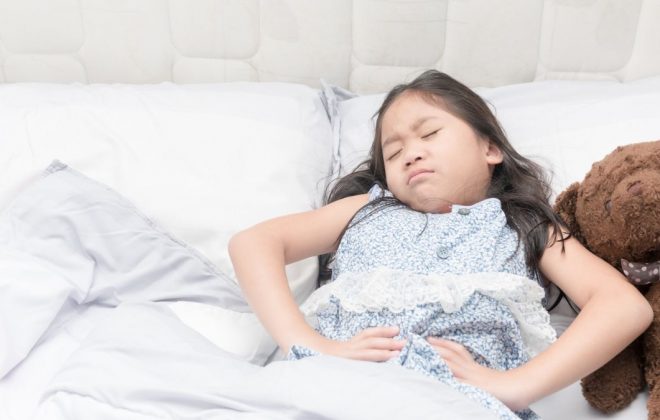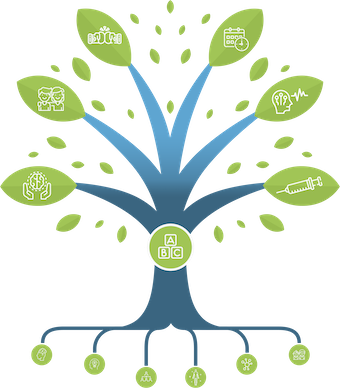How to exercise if you live with migraine
The probability is that you have been told to «exercise» by someone at some point. Maybe you read our webpage encouraging exercise for people with migraine! (See this post). But exercising is NOT easy or natural, unless you are already used to it. Every person…
Pacing: Why is it Helpful in Migraine?
What is pacing? Pacing is a strategy that is often used by people with chronic illness to allow them to complete activities but not significantly worsen their symptoms. When mastered, pacing may also positively impact people’s confidence in their ability to manage their condition (also…
Relaxation: Why should people with migraine use it?
Why should people with migraine use relaxation? People with migraine often identify stress as a headache trigger. Many studies have examined the relationship between stress and migraine. Some researchers suggest there is a “bidirectional relationship” between stress and migraine. In other words, stress can contribute…
Relaxation: How to setup a regular relaxation practice for migraine management
It may seem difficult to start a relaxation program, but it can be accomplished if you break it down into manageable steps. What techniques can be used to manage stress and mental exhaustion? Different techniques have been studied: Progressive muscle relaxation (PMR) Biofeedback (to read…
Interesting facts on sleep and migraine
Sleep is essential to the good function of the brain Without any sleep for many days, humans start to hallucinate, then die. Sleep is an active process of the brain, involving many neurotransmitters and what we call «the biological clock». Our electric rythms change during…
Exercise and migraine
What are the physical effects of exercise that impact migraine biology? Exercise has multiple physical effects. It influences the hormonal system, the vascular system, and the inflammatory state of our body. It will also change the metabolism of neurotransmitters like serotonin, opioids, endocannabinoids and CGRP….
Cognitive-Behavioural Therapy (CBT): I want to try it, how can I proceed?
How does CBT work? CBT works by helping you change how you think, feel, and act, to help prevent headaches or help you cope better with headaches you do have. It helps you learn new coping strategies, such as managing headache triggers, deep breathing and…
Cognitive-Behavioural Therapy: is it a good option to improve migraine?
What is Cognitive Behaviour Therapy (CBT)? Cognitive Behavioural Therapy (CBT) is a psychological treatment that focuses on changing negative patterns of thinking and behaviour. CBT helps people learn new ways of thinking and behaving to reduce stress, improve mood, and cope better with problems. CBT…
Caffeine: a blessing and a curse
Coffee is everywhere in our society, with Starbucks and Tim Hortons at every corner. Drinking coffee is part of our social events and routines. Caffeine is a central nervous system stimulant that plays a dual role in migraine, being both beneficial and harmful. Caffeine is…
Your Migraine Team: you are not alone
Migraine can be a very mild problem for some people. One, two advils, and that’s it (lucky them). But for many people with migraine, there is no quick fix or easy solution. On your path to improvement and a better life, you may meet different…
Taking care of the person with migraine for health care providers
(If you are a patient, you can show this to your health care provider!) Creating a positive relationship and working alliance with your patient is an important step to getting the information you need to care for people with migraines. Remember this is team…
How to adopt a migraine-friendly lifestyle
Changing your lifestyle can improve your migraines, but it can be hard. Here are some tips on how to make the changes that you want to improve your health and migraines. 1. Look at the options on the Migraine Tree And pick some areas where…
Migraine: Facts, Fiction, and Frequently Asked Questions
Migraine is a very common health problem. It’s not surprising that myths on migraine are also common! Let debunk some of those false ideas that are still heard frequently. FICTION: A migraine is just a bad headache. FACT: Migraine is a neurological disorder and one…
What is the placebo effect and why is it important?
What is a placebo response? A placebo response is an improvement in symptoms after treatment that would not normally help the condition, such as a sugar pill or a fake (“sham”) injection. Why would migraine get better with a sugar pill or sham injection? Biological…
Triggers: avoid them or cope with them?
What are migraine triggers? Migraine triggers are things you come in contact with that your brain reacts to by starting a migraine attack. These things can be inside your body, like hormones and feelings, or outside of you, like weather changes and smells. Things inside…
The Ping Pong theory : is migraine a cause or a consequence?
Is my stress causing my migraines? I find that having migraines is one major cause of stress for me! And these neck tensions…cause or consequence of migraine? As you have might have read, the migraine brain is a complex organ with a very particular software….
The cause of migraine: it’s all in your brain! The electrical and chemical sides of migraine
Migraine is not an imaginary problem. Migraine is a neurological disease. The next time someone tells you that migraine is «all in your head», do not hesitate to explain that migraine is a neurological disease with genetic components and with electrical and neurochemical mechanisms. Tell…
Infant colic and migraine
What is infant colic? Infant colic is excessive crying in an otherwise healthy and well fed infant. It affects 5-19% of babies. Colicky crying usually peaks around 6 weeks of life and disappears by 3-4 months of age. More recent evidence shows that children with…
Benign Paroxysmal Torticollis
What is benign paroxysmal torticollis? Benign paroxysmal torticollis (BPT) begins during infancy and early childhood. Children with BPT presents with repeated attacks of head tilting (torticollis) with side switching between attacks. The attacks tend to occur with a certain predictable pattern (ex. monthly). This condition…
Abdominal Migraine
What is abdominal migraine? Abdominal migraine is a type of childhood migraine variant which usually begins in school-aged children 4-7 years of age (See this post). It is described as recurrent bouts of moderate to severe “tummy” pain. The majority of patients report a family…
Categories
THE MIGRAINE TREE
- BRANCHES
- ACUTE TREATMENTS
- DEVICES AND NEUROMULATIOIN
- PREVENTIVE TREATMENTS
- PROCEDURES AND INJECTIONS
- SELF-CARE AND LIFESTYLE
- SOCIAL LIFE
- TRUNK
- ROOTS
OTHER CATEGORIES
